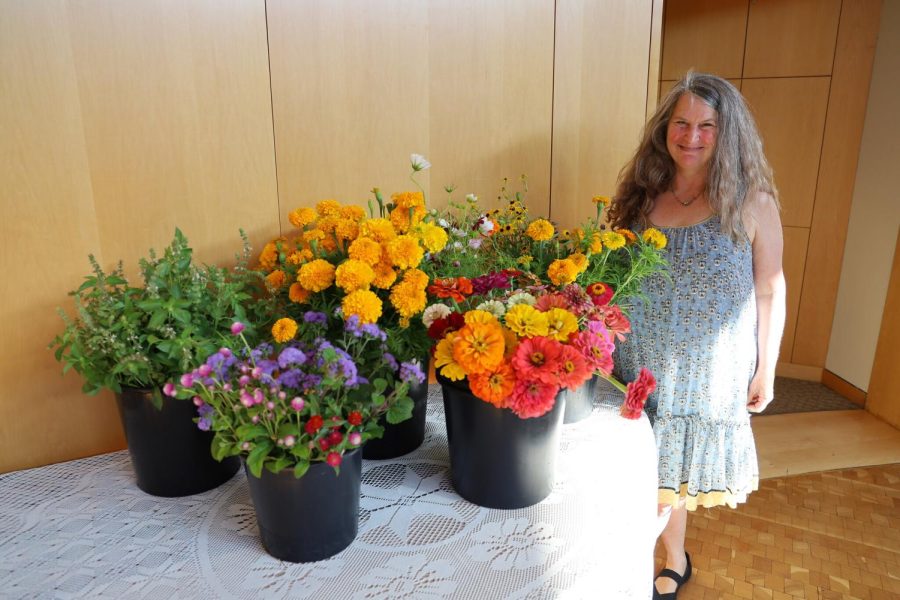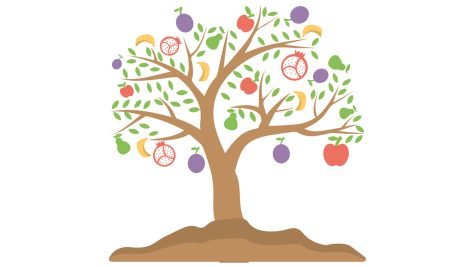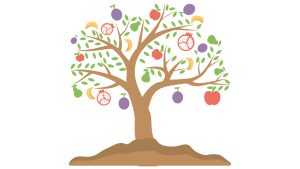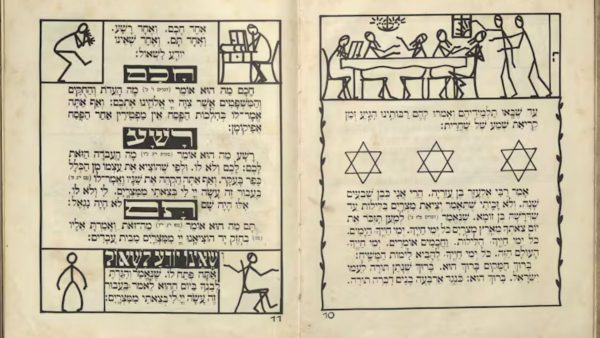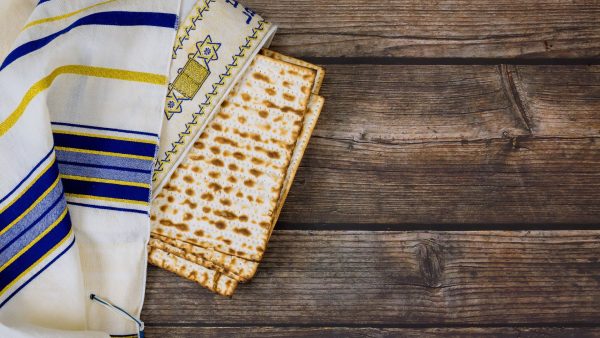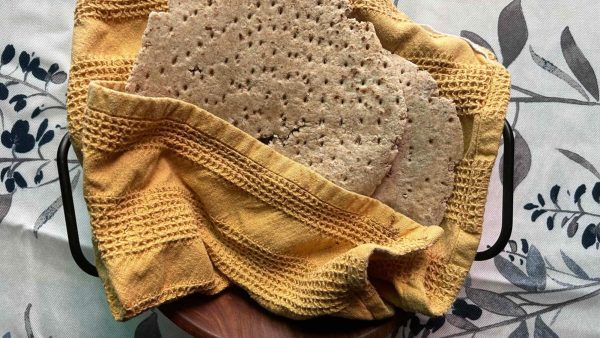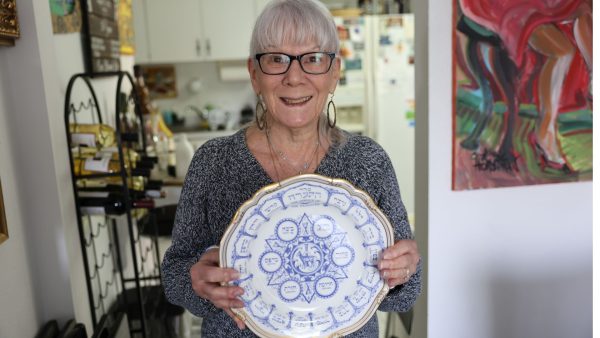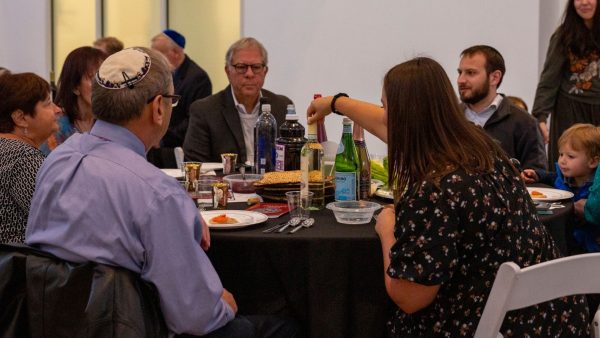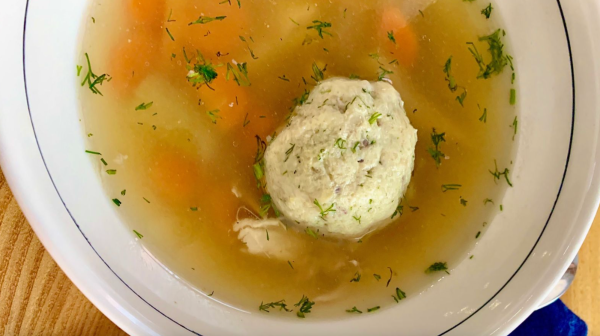Tu B’Shevat is the right time to begin growing seder ingredients
Published January 12, 2022
This weekend is a good time to begin preparing for your Passover seder. With three months to go, you can delay boiling eggs and stocking up on horseradish.
But it’s an ideal time to plant parsley indoors. The 90-day window should be just about right to raise sprigs of fresh parsley. It’s a Tu B’Shevat tradition that will brighten up a gloomy winter day, says Paula Lemerman, a master gardener.
“On Tu B’Shevat at Kol Rinah, we often plant parsley seeds,” Lemerman said. “In theory, you’ll have parsley to put on your seder plate. So that’s fun for kids to do. If you plant parsley at home, try to place the pot where you have good light or a sunny window, preferably a south window.
“Also, soak the seeds for 24 hours in a cup with warm water, and they’ll germinate faster. Otherwise, it can take up to a couple of weeks to germinate. Don’t give up if you don’t see the seeds germinating right away.”
Another master gardener who plants flowers and herbs this time of year is Vicki Lander, owner of Flower Hill Farm. Lander, a member of Central Reform Congregation, said Lemerman’s seed germinating suggestion helps speed the process.
“Put the seeds in a jar with water and shake it, then wait until they germinate and lay them on wet paper towels in a plastic clam shell you get berries in,” Lander said. “Then let them sprout. One note: Parsley is very scant, and you have to plant it densely. If you plant a whole seed packet, you’ll have enough for Passover. It gets bigger the second year, because parsley is a biennial.”
Lander said she favors the Peione parsley variety. She also suggested other indoor crops that are easy to grow.
“My favorites are pea sprouts,” she said. “Sprouts grow really quickly, usually in 10 to 14 days. I always have sprouts growing in the winter.”
With limited sunlight, Lander suggested an LED or fluorescent grow light.
“You get a full spectrum of light that comes from a fluorescent tube,” she said. “It works well even if it’s a shop light in the basement. The trick is to have the plant four to six inches away from the light source.”
Lander said that ideally, Tu B’Shevat is an opportunity to plant a tree, but with the ground frozen that may not be a realistic goal.
Nevertheless, she said, “It’ a great time to scheme and dream and plan what you want to plant as soon as the soil is ready to dig.”
You can learn more about planting and harvesting flowers in a home garden from Vicki Lander, who will lead a one-day horticulture class Feb. 25 at the St. Louis Community College-Wildwood in partnership with the University of Missouri Extension. Registration information is available at stlcc.edu/CE or by calling 314-984-7777.



